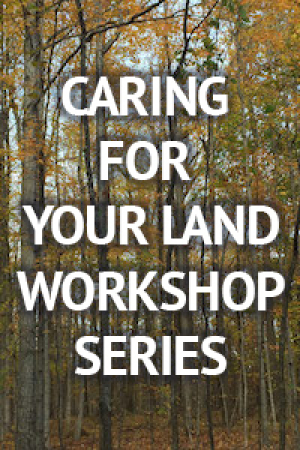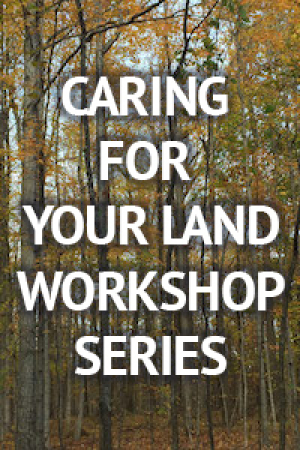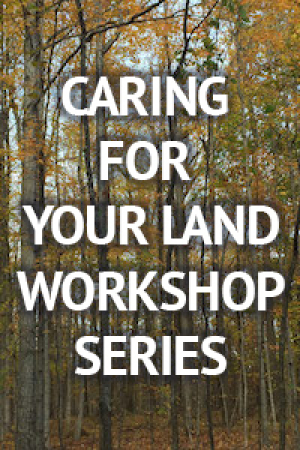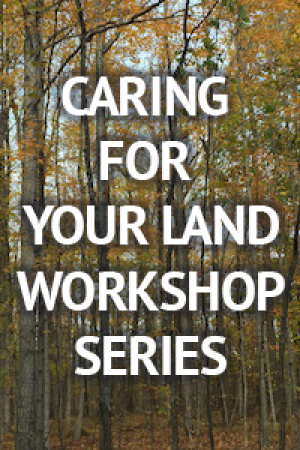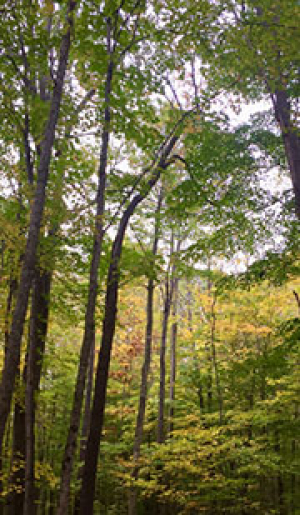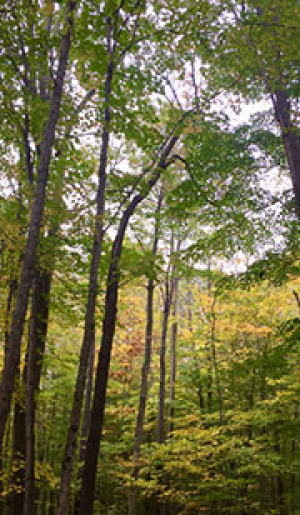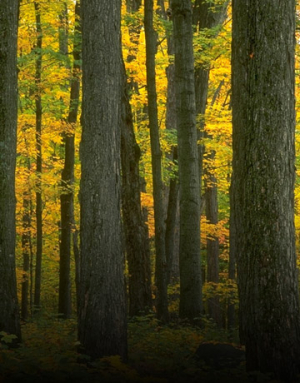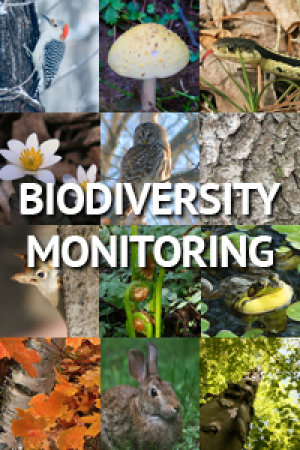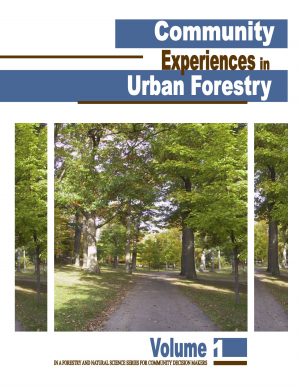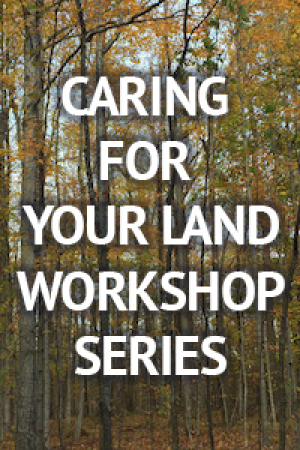Super User
Caring For Your Land Workshop Series: Understanding Forest Health
This workshop discusses health from the scale of a single tree, to the scale of the landscape. The various stresses placed on these systems are reviewed, and the actions that a forest manager or woodlot owner can take to maximize forest health are explored.
Caring For Your Land Workshop Series: Species at Risk
This seven-part workshop explores the values that species at risk represent. It discusses many of the threatened and endangered species in Ontario and reviews the legislation and programs in place for species recovery.
Caring For Your Land Workshop Series: Invasive Species
The three-part Invasive Species workshop breaks down invasive and exotic threats, their pathways to introduction, and the potential costs. Invasive plants, insects and diseases ae addressed.
Caring For Your Land Workshop Series: Ice Storm Residential Tree Care
This presentation discusses the effects of the ice on trees, focusing on residential, landscape, and street trees. It covers clean-up and maintenance techniques to encourage recovery and growth.
A Study of Growth and Yield Methodologies
This report reviews a variety of forest mensuration methodologies and discusses some of the advantages and disadvantages of these models.
The Role of Photo Interpretation in Providing Forest Resource Information for Integrated Resource Management
This document addresses the role of photo interpretation in supplying the information requirements for IRM
1998-1999 State of the Forest Report
The report presents information on a set of six criteria and eighteen local level indicators that cover a range of environmental, social and economic concerns and uses the Criteria and Indicators framework developed by the Canadian Council of Forest Ministers. While these eighteen indicators are by no means complete, they do represent a practical starting point.
The Observer Network Procedures and Monitoring Manual
This report will provide guidance to woodland owners who participate in a biodiversity monitoring network.
Community Experiences in Urban Forestry
Community Experiences in Urban Forestry brings attention to some of the critical issues in our urban forest ecosystems and, more importantly, highlights some of the many community successes in responding to these issues.
Caring For Your Land Workshop Series: Tree Identification
This workshop leads participants through the various characteristics that taxonomists use to distinguish between species: terms like simple and compound leaves, opposite and alternate.

